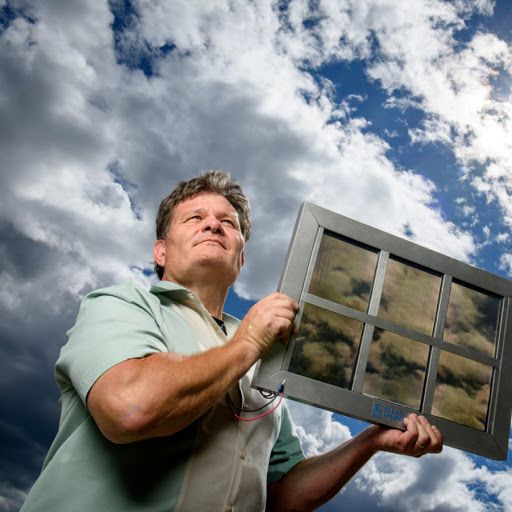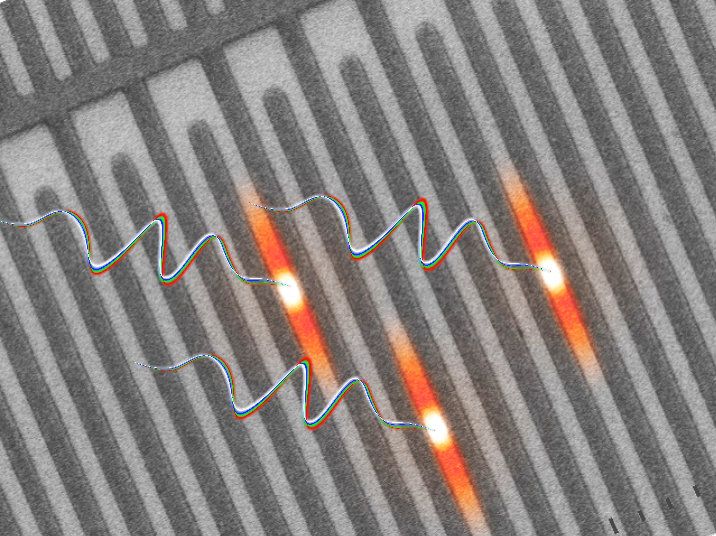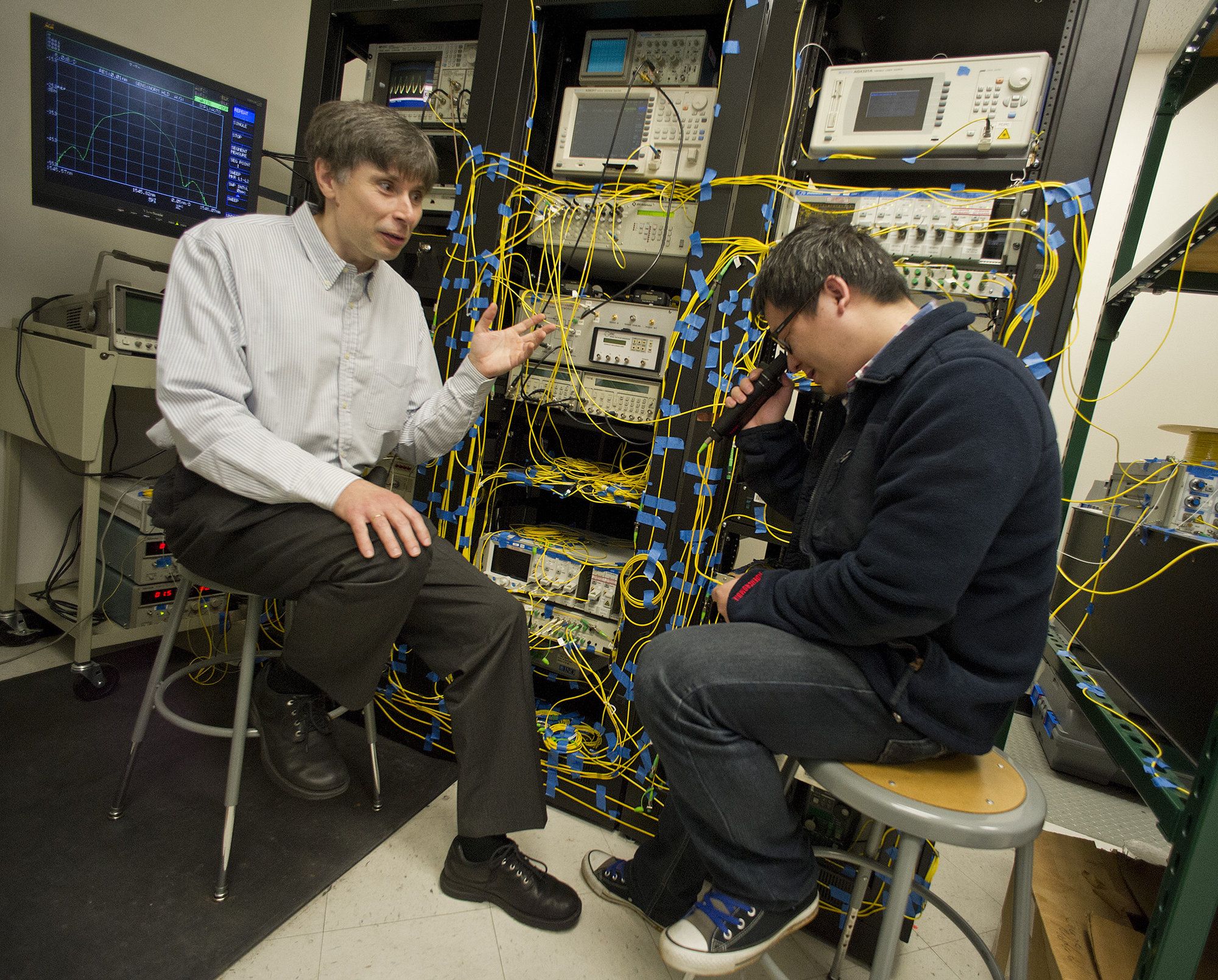Page 9752
Dec 16, 2017
Is Bitcoin a Store of Value?
Posted by Philip Raymond in categories: bitcoin, cryptocurrencies, economics, finance, government
Bitcoin has many characteristics of a currency. It is portable, fungible, divisible, resistant to forgery, and it clearly has value. Today, that value came close to $20,000 per coin. Whether it has ‘intrinsic value’ is somewhat of a moot question, because the US dollar hasn’t exhibited this trait since 1972. Today, economists don’t even recognize the intrinsic value of gold—beyond a robust, international, supply-demand network.
Lately, Bitcoin is failing as a viable currency, at least for everyday consumer transactions. The settlement of each transaction is bogged down with long delays and a very high cost. The situation has become critical because of squabbling between miners, users and developers over how to offer speed transactions or lower the cost of settlement. Bitcoin forks and altcoins such as Dash and Bitcoin Cash demonstrate that these technical issues have solutions. Since Bitcoin is adaptable, I believe that these issues are temporary.
 But an interesting question is not whether Bitcoin will eventually become a consumer currency. it is whether Bitcoin can distinguish itself as a store of value, rather than just an instrument for payment or debt settlement. After all, a Visa credit card, a traveler’s check and an Amazon gift card can all be used in retail payments, but none of them have value unless backed by someone or something. US Dollars on the other hand are perceived as inherently valuable. They carry the clout and gravitas of institutions and populations, without users questioning from where value arises. (This is changing, but bear with me)…
But an interesting question is not whether Bitcoin will eventually become a consumer currency. it is whether Bitcoin can distinguish itself as a store of value, rather than just an instrument for payment or debt settlement. After all, a Visa credit card, a traveler’s check and an Amazon gift card can all be used in retail payments, but none of them have value unless backed by someone or something. US Dollars on the other hand are perceived as inherently valuable. They carry the clout and gravitas of institutions and populations, without users questioning from where value arises. (This is changing, but bear with me)…
What about Bitcoin? Does owning some bitcoin represent a store of value? Yes: It absolutely does!
Dec 16, 2017
Brendan Frey — Genome Reprogramming
Posted by Montie Adkins in categories: bioengineering, biotech/medical, genetics, health, information science, robotics/AI
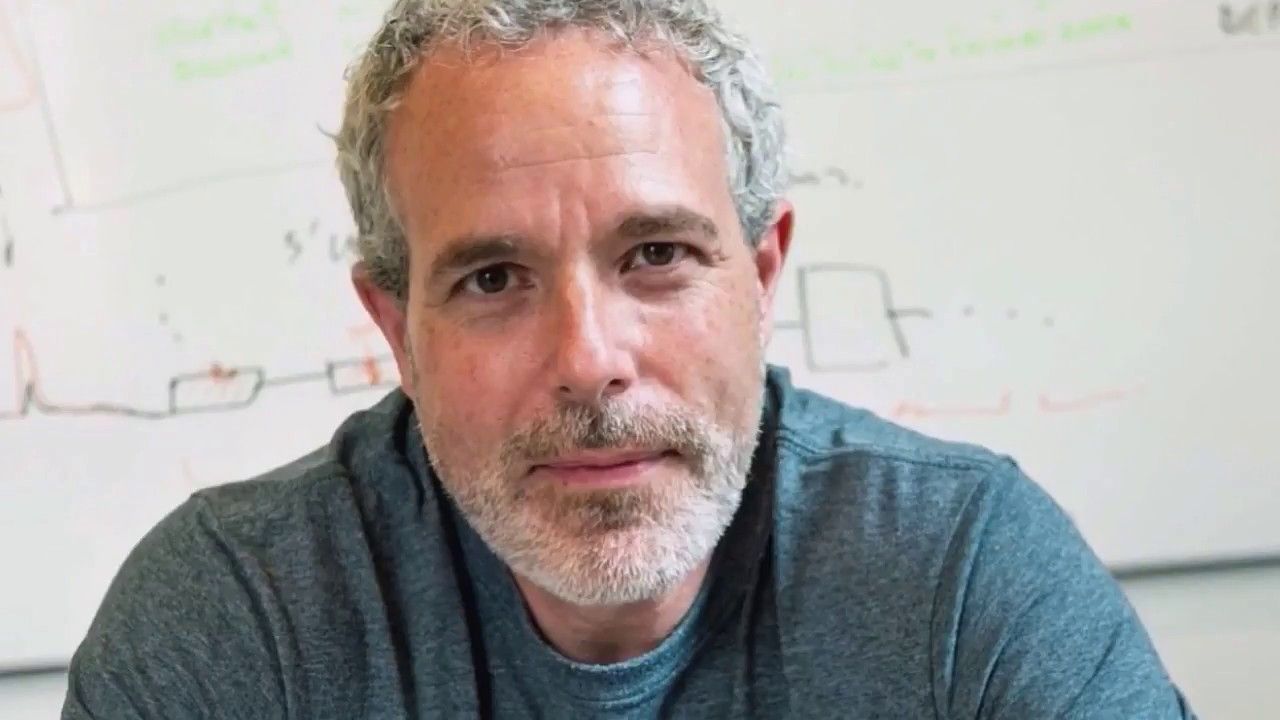
https://www.youtube.com/watch?v=tIVNjCpqCaY&feature=share
Brendan John Frey FRSC (born 29 August 1968) is a Canadian-born machine learning and genome biology researcher, known mainly for his work on factor graphs, the wake-sleep algorithm for deep learning, and using machine learning to model genome biology and understand genetic disorders. He founded Deep Genomics and is currently its CEO, and he is a Professor of Engineering and Medicine at the University of Toronto. He co-developed a new computational approach to identifying the genetic determinants of disease, was one of the first researchers to successfully train a deep neural network, and was a pioneer in the introduction of iterative message-passing algorithms.
Frey studied computer engineering and physics at the University of Calgary (BSc 1990) and the University of Manitoba (MSc 1993), and then studied neural networks and graphical models as a doctoral candidate at the University of Toronto under the supervision of Geoffrey Hinton (PhD 1997). He was an invited participant of the Machine Learning program at the Isaac Newton Institute for Mathematical Sciences in Cambridge, UK (1997) and was a Beckman Fellow at the University of Illinois at Urbana Champaign (1999).
Dec 16, 2017
Liz Parrish — Future Therapies
Posted by Montie Adkins in categories: biotech/medical, education, genetics, life extension
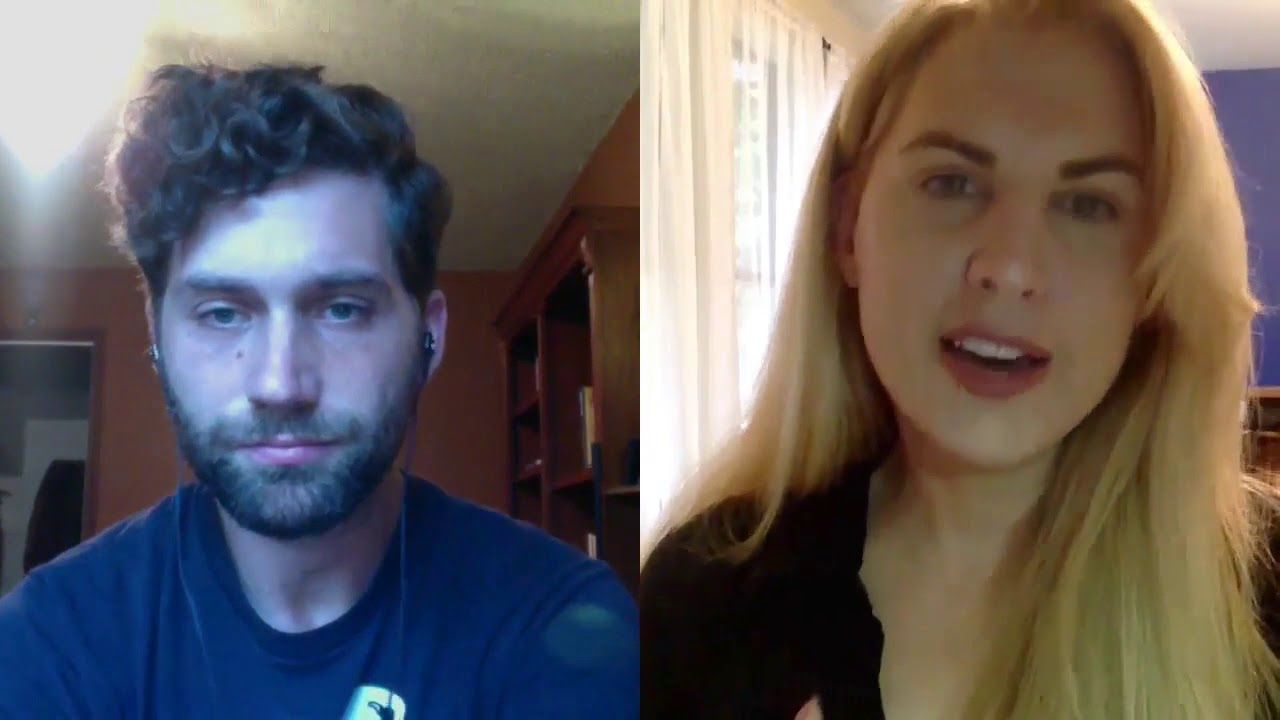
https://www.youtube.com/watch?v=YOI3dkwcqpk&feature=share
Full Interview ► https://goo.gl/YYdVUH
BioViva ► http://bioviva-science.com
Liz Parrish is the Founder and CEO of BioViva Sciences USA Inc. BioViva is committed to extending healthy lifespans using gene therapy. Liz is known as “the woman who wants to genetically engineer you,” she is a humanitarian, entrepreneur and innovator and a leading voice for genetic cures. As a strong proponent of progress and education for the advancement of gene therapy, she serves as a motivational speaker to the public at large for the life sciences. She is actively involved in international educational media outreach and sits on the board of the International Longevity Alliance (ILA). She is the founder of BioTrove Investments LLC and the BioTrove Podcasts which is committed to offering a meaningful way for people to learn about and fund research in regenerative medicine. She is also the Secretary of the American Longevity Alliance (ALA) a 501©(3) nonprofit trade association that brings together individuals, companies, and organizations who work in advancing the emerging field of cellular & regenerative medicine with the aim to get governments to consider aging a disease. Parrish received two kinds of injections, which were administered outside the United States: a myostatin inhibitor, which is expected to prevent age-associated muscle loss; and a telomerase gene therapy, which is expected to lengthen telomeres, segments of DNA at the ends of chromosomes whose shortening is associated with aging and degenerative disease.
——-
Facebook: https://www.facebook.com/agingreversed
Tumblr: http://agingreversed.tumblr.com
Twitter: https://twitter.com/Aging_Reversed
Dec 16, 2017
Forget Tesla’s Solar Roof: This Startup Tells Us Solar Window is the Future
Posted by Genevieve Klien in categories: futurism, solar power
Dec 16, 2017
How Superglue Made of Human Protein Heals Wounds
Posted by Shailesh Prasad in category: biotech/medical
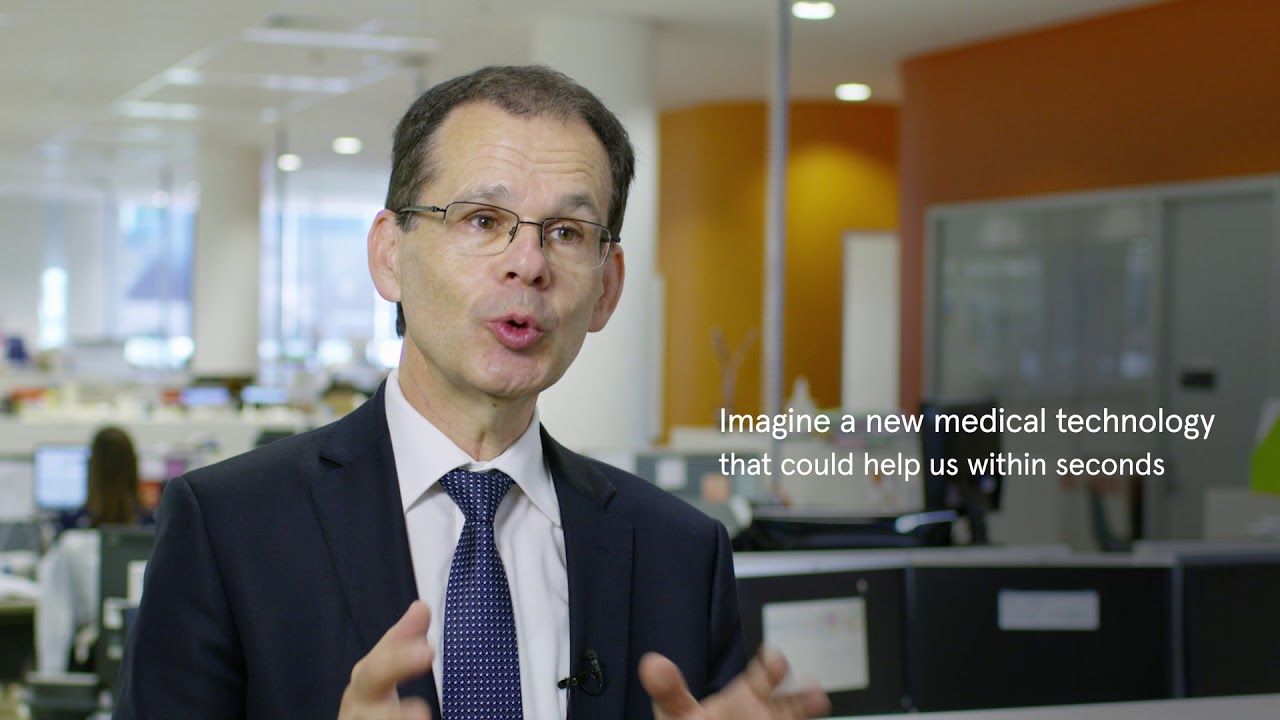
Another bit of science fiction is coming to life as scientists develop a highly elastic and adhesive surgical glue similar to the one Ryan Gosling used to seal his wound in Blade Runner 2049.
Surgeons use sutures, staples, and wires (sometimes in combination with adhesive substances) to facilitate healing of external and internal wounds. These methods, however, are not optimal, especially for reconnecting contracting tissues like those of lungs, arteries and the heart.
Continue reading “How Superglue Made of Human Protein Heals Wounds” »
Dec 16, 2017
Silicon Valley’s Immortalists Will Help Us All Stay Healthy
Posted by Shailesh Prasad in categories: life extension, Ray Kurzweil, singularity
All over Silicon Valley and the regions that imitate it, executives follow weird revitalization fads. They think the code of aging can be hacked and death made optional. Daniel Gross, a partner at Y Combinator, fasts enthusiastically—and encourages others to do so—because he believes it will extend his life. Inventor Ray Kurzweil swallows 100 supplements a day for the same reason, presumably so he’ll live long enough to be uploaded into the singularity, circa 2045.
But you don’t have to be a prophet of posthumanism to wish for a few more good years. I’ve followed my own antiaging routines: For a time I ate 30 percent fewer calories than recommended, and I now starve myself for 16 of every 24 hours. And while there’s certainly plenty of folly in the tech elite’s quest for immortality, I’m glad they’ve embarked on it—for reasons that go beyond sheer entertainment value.
Dec 16, 2017
Single-photon detector can count to four
Posted by Shailesh Prasad in category: quantum physics
Engineers have shown that a widely used method of detecting single photons can also count the presence of at least four photons at a time. The researchers say this discovery will unlock new capabilities in physics labs working in quantum information science around the world, while providing easier paths to developing quantum-based technologies.
The study was a collaboration between Duke University, the Ohio State University and industry partner Quantum Opus, and appeared online on December 14 in the journal Optica.
“Experts in the field were trying to do this more than a decade ago, but their back-of-the-envelope calculations concluded it would be impossible,” said Daniel Gauthier, a professor of physics at Ohio State who was formerly the chair of physics at Duke. “They went on to do different things and never revisited it. They had it locked in their mind that it wasn’t possible and that it wasn’t worth spending time on.”
Dec 16, 2017
Real-time observation of collective quantum modes
Posted by Shailesh Prasad in categories: particle physics, quantum physics
A cylindrical rod is rotationally symmetric — after any arbitrary rotation around its axis it always looks the same. If an increasingly large force is applied to it in the longitudinal direction, however, it will eventually buckle and lose its rotational symmetry. Such processes, known as “spontaneous symmetry breaking”, also occur in subtle ways in the microscopic quantum world, where they are responsible for a number of fundamental phenomena such as magnetism and superconductivity. A team of researchers led by ETH professor Tilman Esslinger and Senior Scientist Tobias Donner at the Institute for Quantum Electronics has now studied the consequences of spontaneous symmetry breaking in detail using a quantum simulator. The results of their research have recently been published in the scientific journal Science.
Phase transitions caused by symmetry breaking
In their new work, Esslinger and his collaborators took a particular interest in phase transitions — physical processes, that is, in which the properties of a material change drastically, such as the transition of a material from solid to liquid or the spontaneous magnetization of a solid. In a particular type of phase transition that is caused by spontaneous symmetry breaking, so-called Higgs and Goldstone modes appear. Those modes describe how the particles in a material react collectively to a perturbation from the outside. “Such collective excitations have only been detected indirectly so far,” explains Julian Léonard, who obtained his doctorate in Esslinger’s laboratory now works as a post-doc at Harvard University, “but now we have succeeded in directly observing the character of those modes, which is dictated by symmetry.”
Dec 16, 2017
Discovery could reduce cost, energy for high-speed Internet connections
Posted by Shailesh Prasad in categories: energy, internet
Breakthrough research from The University of Texas at Arlington and The University of Vermont could lead to a dramatic reduction in the cost and energy consumption of high-speed internet connections.
Nonlinear-optical effects, such as intensity-dependent refractive index, can be used to process data thousands of times faster than what can be achieved electronically. Such processing has, until now, worked only for one optical beam at a time because the nonlinear-optical effects also cause unwanted inter-beam interaction, or crosstalk, when multiple light beams are present.
An article published in the prestigious Nature Communications journal, by the research group of Michael Vasilyev, an electrical engineering professor at UTA, in collaboration with Taras I. Lakoba, a mathematics professor at UVM, detailed an experimental demonstration of an optical medium in which multiple beams of light can autocorrect their own shapes without affecting one another.
Continue reading “Discovery could reduce cost, energy for high-speed Internet connections” »

